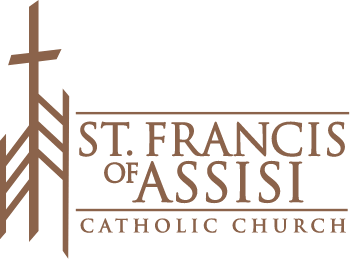In Gospel reading, Luke 17:11–19, we hear the familiar story of the ten lepers whom Jesus healed, yet only one returned to give thanks. At first glance, this passage seems to simply remind us of the importance of gratitude—of saying “thank you” to God for His blessings. And indeed, that is a vital message. But there is a deeper lesson here, one that calls us to reflect on how we give thanks.
Luke intentionally identifies the one who returned as a Samaritan. This detail is significant, just as it was in other stories, such as the Good Samaritan and the encounter with the Samaritan woman at the well. Jews and Samaritans were historically divided; they followed different customs and often rejected each other. By highlighting that a foreigner was the one who returned to give thanks, Luke draws attention to a deeper spiritual truth.
Before leaving, Jesus instructed all ten lepers to go and show themselves to the priests, in accordance with the law of Moses. Leviticus teaches that someone afflicted with leprosy must remain separate from the community and only return once a priest has verified their healing. The nine Jewish lepers likely followed these instructions, fulfilling the law and returning to the community as they were supposed to. But the Samaritan, barred from the temple and excluded from the law’s formal process, had no option to follow this command. His only path was to return to Jesus personally, offering heartfelt thanks.
This distinction gives us two complementary models of responding to God. The nine Jews exemplify communal obedience: they fulfilled the law, participated in the rites of their faith, and acted rightly. The Samaritan demonstrates personal gratitude: he returned to Jesus with a direct, intentional act of thanks. Neither approach is wrong; ideally, our response to God combines both obedience and personal investment in gratitude.
This dual call mirrors other Gospel lessons, such as the story of Martha and Mary. Mary chose “the better part” not to diminish Martha’s service, but to illustrate the need for a personal engagement with God alongside our communal duties. In the same way, the Church calls us to fulfill precepts and commandments—attending Mass, keeping holy the Lord’s Day—but also to bring our personal thanksgiving, our prayers, and our hearts fully into that worship.
Too often, we may attend Mass merely to fulfill an obligation, thinking of it as a duty rather than a relationship. If we find ourselves disengaged, it is worth asking: What are we bringing to the Mass? Are we offering our strengths, our weaknesses, our gratitude, and our need for mercy? Or are we simply going through the motions? The lesson of the ten lepers reminds us that God desires both: faithful observance and heartfelt thanksgiving.
As we leave this church and continue our lives, we are called to give thanks in every personal and practical way we can, bringing both our obedience and our gratitude into all that we do. Let us strive to be like the Samaritan, who not only recognized God’s gift but returned to offer thanks with his whole heart.
Father James Schibi, Pastor

